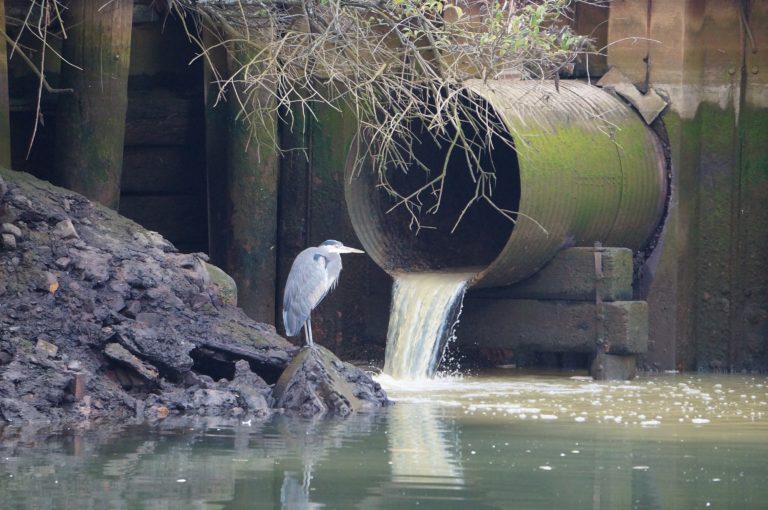
On the spring day of April 22, 1970, more than 20 million Americans took to the streets to demand clean water, clean air, and other environmental protections. Many of these protestors took action after viewing a cascading parade of environmental and public health disasters, like Ohio’s Cuyahoga River catching fire and the Santa Barbara oil spill disaster, both occurring in 1969.
This massive public outcry spurred Washington to action. Within a week, President Nixon’s Advisory Council on Executive Organization submitted a memo to the Republican President, recommending creation of the Environmental Protection Agency (EPA). A mere seven and a half months after that first Earth Day, President Nixon’s EPA was born.
EPA’s history has been filled with successes and failures. With a mission to protect human health and the environment, it’s hard to believe that the agency – under President Trump – is facing a life expectancy of less than 50 years. Though many of us have criticized them and sued them for not doing enough, the agency has done a lot to restore and protect water bodies around the country. Here are a few examples:
- For decades, the Chesapeake Bay has suffered significant water quality problems and habitat loss due to pollution. EPA’s Chesapeake Bay cleanup plan is starting to reverse that problem and protect this resource that provides an estimated one-trillion dollar value in tourism, fishing, shipping, and more. Unfortunately, Trump’s proposed budget slashes this program by 93% – from $73M to $5M – and threatens to nullify the progress that’s been made.
- In Northern California, EPA recently completed an emergency cleanup and removal of four million gallons of toxic liquids left in leaking 50-year old tanks at an industrial site that had been abandoned nearly a decade ago. EPA’s actions protected Humboldt Bay, its fisheries and commercial shellfish industry from what could have been an ecological disaster in the event of natural disaster or further degradation of the tanks.
- EPA played a key role in the historic New York City Watershed Agreement, which protects the unfiltered drinking water of 9 million Americans and is an international model of environmental economics letting nature pay for conservation. The agreement protects waterways and wetlands at the source, rather than end-of-pipe engineering solutions, requiring New York to invest $1.3 billion over 10 years for watershed protection rather than $5 to $8 billion to build a filtration plan that would have cost $500 million in annual operating costs.
- In South Carolina, EPA seed money launched Waccamaw Riverkeeper’s Volunteer Water Quality Monitoring Program which has proven to be a successful program for citizen engagement, regulatory involvement, and public oversight. Ultimately, the program will protect the community’s clean water for drinking, recreation and wildlife.
- EPA has played critical roles for Great Lakes cities and regions like Western New York that are still recovering from more than 100 years of industrial pollution of their lakes, rivers and streams. EPA funds from numerous programs over the last decade have been targeted and leveraged to restore two federal toxic hot spots, or “Areas of Concern” – the Buffalo River and Niagara River. Combined with consent orders and regulatory enforcement of sanitary sewer overflows and combined sewer overflows, this region is on its way to restoring its freshwater sources.
These are just a small sample of important positive outcomes of EPA’s work. Our public health and economy are far too valuable to risk losing EPA. Please call your Senators and Representatives now and ask them to help preserve a Republican landmark achievement and not cut EPA funding.
[CongressLookup]